Blog
How to effectively achieve SOC 2 compliance ?
1. Understand the SOC 2 Trust Service Criteria
SOC 2 compliance is based on five Trust Service Criteria (TSC):
1) Security : Protecting data against unauthorized access.
2) Availability : Ensuring the system is available for operation as agreed.
3) Processing Integrity : Ensuring system processing is complete, valid, accurate, timely, and authorized.
4) Confidentiality : Protecting confidential information.
5) Privacy : Protecting personal information according to privacy principles.
Understanding these criteria is the first step toward SOC 2 compliance. Your organization must evaluate which criteria are relevant to your services and build a compliance framework around them.
2. Perform a Readiness Assessment
Conduct a readiness assessment to identify gaps in your current processes and controls. This assessment helps you understand where your organization stands concerning SOC 2 requirements and what changes are needed. Consider engaging a third-party consultant with SOC 2 expertise to ensure a thorough and unbiased assessment.
3. Implement Robust Security Controls
Based on your readiness assessment, implement the necessary security controls. This may include:
1) Access Controls : Implementing role-based access and ensuring only authorized personnel can access sensitive data.
2) Encryption : Encrypting data at rest and in transit to protect it from unauthorized access.
3) Monitoring and Logging : Establishing continuous monitoring and logging to detect and respond to security incidents promptly.
4) Incident Response : Developing an incident response plan to handle security breaches effectively.
4. Document Policies and Procedures
Clear documentation is critical for SOC 2 compliance. Ensure that all security policies, procedures, and controls are well-documented. This documentation should include:
1) Security Policy : Outlining the overall approach to securing sensitive data.
2) Access Control Policy : Defining how access to systems and data is managed.
3) Incident Response Plan : Describing the steps to take in case of a security incident.
4) Data Retention Policy : Specifying how long data is kept and when it is deleted or archived.
5. Conduct Regular Audits
Regular internal audits help ensure ongoing compliance with SOC 2 requirements. These audits should review the effectiveness of security controls, identify any new vulnerabilities, and verify that policies and procedures are being followed. An annual audit by an independent third-party auditor is also required to maintain SOC 2 certification.
6. Engage a Qualified Auditor
To achieve SOC 2 certification, you must undergo an audit conducted by a qualified CPA firm specializing in SOC 2 compliance. The auditor will evaluate your controls and provide a SOC 2 report, which can be shared with clients and stakeholders to demonstrate your commitment to data security and privacy.
7. Maintain Continuous Compliance
SOC 2 compliance is an ongoing process, not a one-time event. Maintain continuous compliance by regularly reviewing and updating your security controls, policies, and procedures. Stay informed about changes in regulatory requirements and best practices in data security to ensure your organization remains compliant.
Conclusion
Achieving SOC 2 compliance requires a thorough understanding of the Trust Service Criteria, a commitment to implementing robust security controls, and a culture of continuous improvement. By following these steps, your organization can effectively achieve and maintain SOC 2 compliance, ensuring the security and privacy of your customer data and enhancing your reputation in the market.




